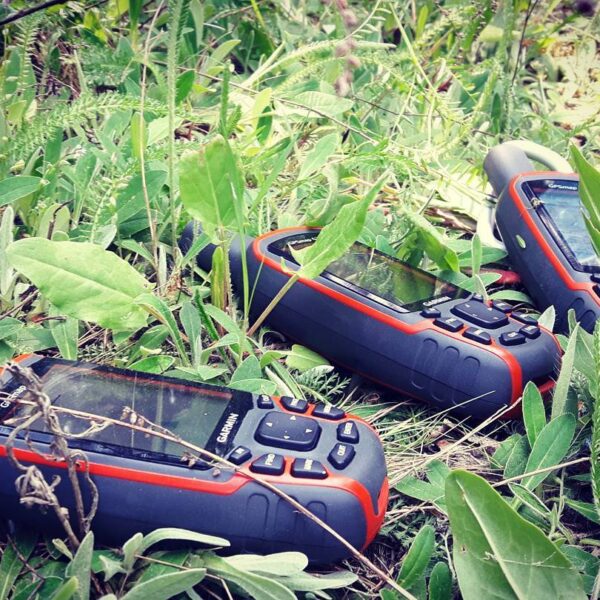It is always better to be prepared than to be sorry, and this applies when you are out in the woods. You may be marveling about beautiful mountain peaks, seas of clouds, and unique plants that you can find in the cities. But when things don’t go as planned, you should have with you gear or equipment that can help you stay alive and navigate the thick woods.
Some things to remember when you are out in Mother Nature is that you can last for three weeks without eating anything but only three days without water. You can also last only for 3 hours if the outside temperature is much colder or hotter than your normal body temp.
With so many available gears to choose from today, it is essential to note that each person has their unique needs. It is better to assemble the tools that you need and the medications you are taking instead of buying pre-assembled ones. Of course, there are a few gadgets and tools that all outdoor enthusiasts should have, such as a multitool, a handy torch, a compass, a physical map of the site, a satellite GPS locator, and a two-way radio like a portable CB radio. All of these are essential for one’s survival in the great outdoors. With that said, you can find essentials in links such as survivalmethods.net. This kind of site will provide you with the information that you need about the gears that you need with you while camping.
Here Are Some Tips to Survive
- Have a Positive Attitude
Always have a positive attitude and never lose hope that a rescue will arrive soon. You should never panic when faced with a difficult situation. Maintain a laser-like focused on what you want to happen and develop a plan on how you can make your current situation better. Some of the things that you can do when you first realized that you are lost are the following:
- Make Plans
- Check the Resources that You Have With You
- Identify items to Build Shelter
- Search for Nearby Bodies of Water
- Make Ways to be Warm
- Be Determined
- Have the Grit to Survive No Matter What Happens
- Feelings are not Facts. Avoid Feelings of Hopelessness and Think About What You Can Do
- Make a Shelter
Build a shelter that can protect you from weather elements and hypothermia. An excellent dwelling should be small, and it should warm you up in the dead of night. You need a place to lie down where you won’t feel the cramp in the morning.
Build a framework while there’s still daylight. You need to use simple resources such as fallen trees or cut branches that can help you build a sturdy shelter. You can read more about building shelters when you click here.
Don’t forget to protect yourself through stacking sticks on the framework. Fill in the gaps with smaller sticks and stones. Insulation can be added with the help of leaves, pine needles, and bark.
- Find a Source of Clean Water
You need a non-contaminated and fresh spring water to survive. It is essential that you have a water filter that lets you drink directly from springs. You can collect rainwater if possible. If the area where you are stranded experiences snow, you may want to melt it first. Start a fire or use the sun. You can also use your body heat to melt the snow.
- Other Sources of Body Water is Essential
If you have a filter with you, you should have at least waterproof matches that can help you strike a fire. You need to boil the water to completely kill the pathogens that will be harmful to your health. You can start to dig water if you see individual plants such as cattails, willows, or cottonwood.
After digging, you need to wait for the water to collect into the hole. There are some rock outcrops where you can find clean sources of water for drinking. For streams and puddles, boiling is a must,
- Know How to Tie Knots
If you happen to find yourself in an emergency where you have no choice but to hunt, you should know how to tie knots. Two of the most popular knots to learn are the following:
Two Half Hitch – One end of the rope is attached to a tree or an object. This is very useful if you are building shelters. You can start by tying an overhand knot or half hitch on a pole. Secure the rope by tying it on the double in the same direction. Tightly pull the cord to secure. You can read more about two half-hitches knots here: https://www.quora.com/What-are-some-uses-for-the-two-half-hitches-knot.
Bowline – This is very useful when you use it for attaching knots through loops. You can catch wild game such as rabbits when they step on the loop. You can pull the knot speedily when you see your target. It can be helpful to remember that rabbits come out at the front of the trees, and they go inside behind it.
- Build and Light a Fire
Gather dry leaves, branches, wood, thistles, pine needles, dry grass, and milkweed for tinder. Dry sticks are great for kindling. When you are planning to go big, a thick wood is a good and long-lasting fuel. Put all the tinder bundle in a place where the wind and rain can’t quickly put it off. Create a teepee or a small opening so that oxygen can get in.
Use lighter or matches that are waterproof. You may want to shave magnesium fillings off sticks using a serrated and sharp knife to ignite a fire. Some batteries can induce sparks when you connect them to steel wools. If you created a spark, a long and steady breath is all you need to produce a larger flame.





Like this article? Share with your friends!